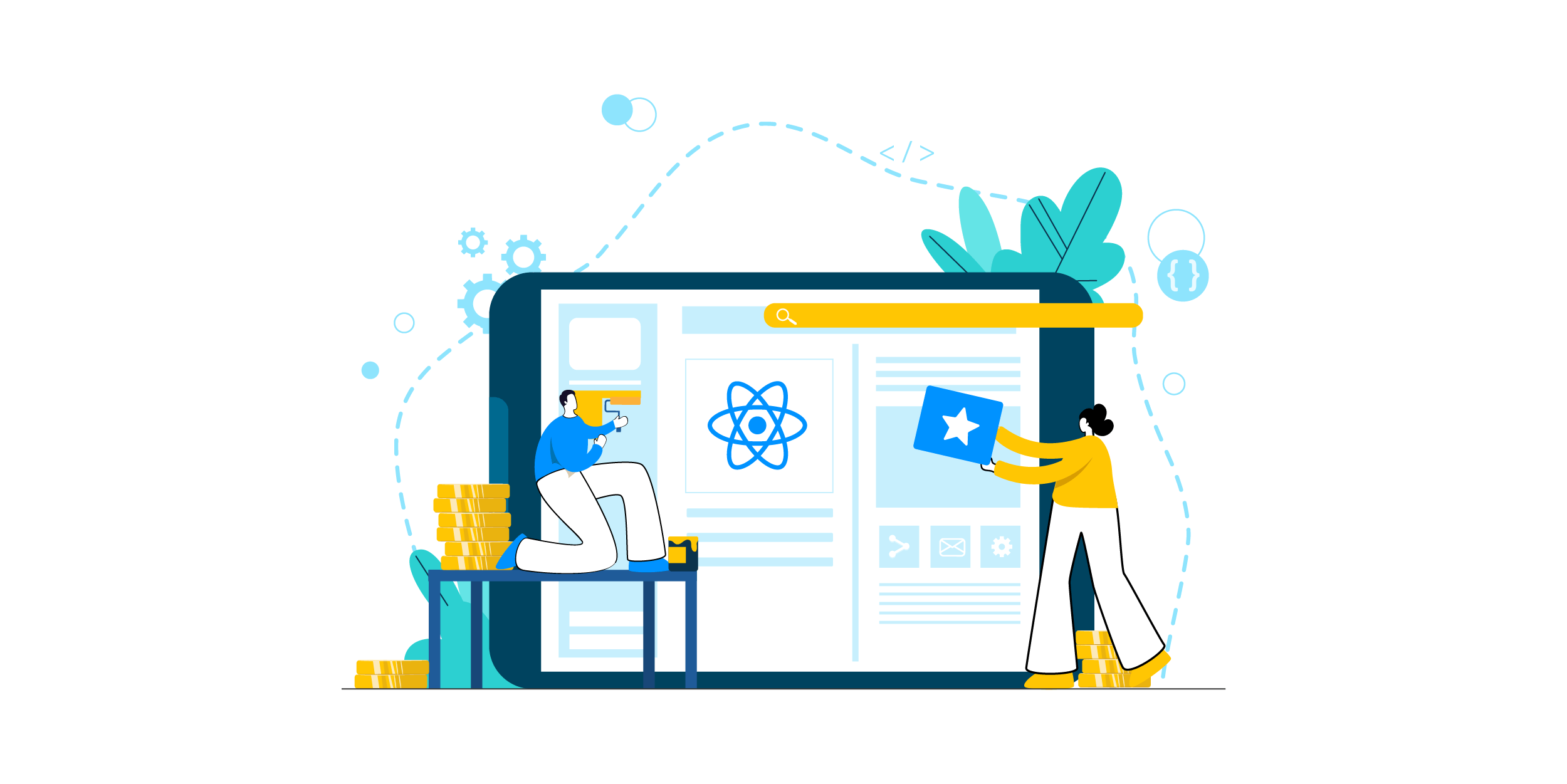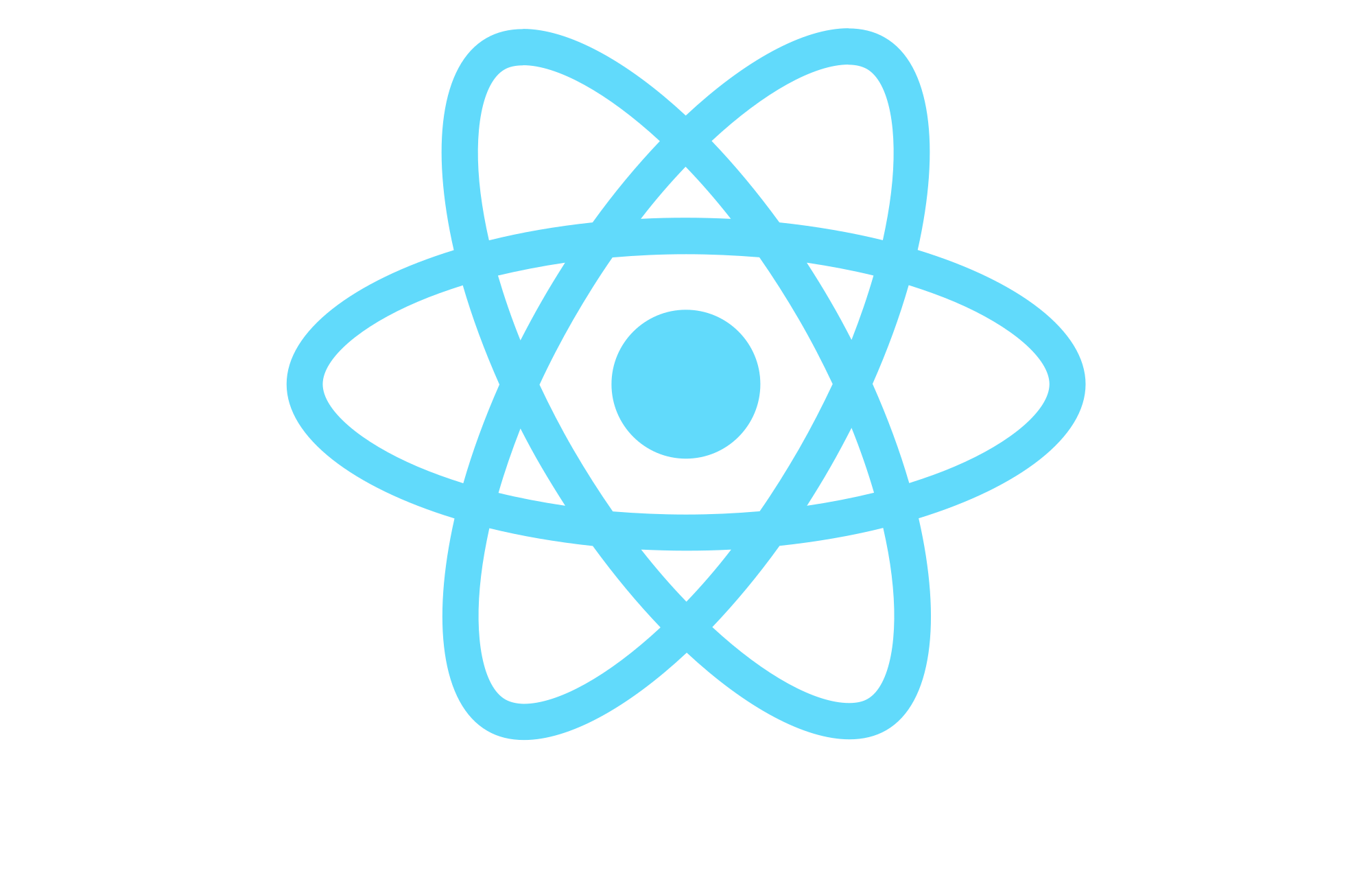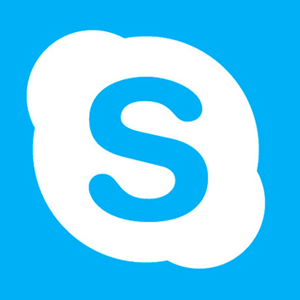- contact@brainfuel.io
- Mon - Sat: 8.00 am - 7.00 pm
React Native Development
- Home
- React Native Development

REACT NATIVE
Another open-source JavaScript framework used for creating user interfaces. Jointly developed by Facebook and Instagram community, and Jordan Walka a software engineer with Facebook. React Native Framework was announced by Facebook in 2015, applying the React architecture to native Android and iOS applications
Efficient & Native Mobile Applications Through React Native
React Native was launched as an open source for the public. This framework enabled native application support on iOS, Android and the Windows platform. Unlike other frameworks like Titanium and PhoneGap, React Native overcomes the problems brought up by the others like performance, battery usage and feel. React Native differs others types of frameworks, unlike other frameworks which work by wrapping web content in a web view format resulting in UI elements which lack a natural feel to them. To overcome this problem React Native uses JavaScript components backed by original iOS and Android components so the applications one builds is fully native and natural.
Write once, run anywhere (or sometimes everywhere) a slogan created by Sun Microsystems to show the benefits of Java language, which means Java can be developed on any device to be run on any machine which is equipped with a Java virtual machine (JVM). These types of codes have changed how applications are thought out and materialised. In the truest sense of the words, React Native is not a write once, run everywhere code. One has to build the UI components specific to the platform. What React Native provides in single skill set which in turn would allow the programmer to access multiple platforms.
To someone with a web-based JavaScript background, React Native can turn any web developer into a mobile application developer. The React Native is a strong improvement on the existing cross-platform frameworks. Still in its infancy, React Native comes with its own niggles and nags, An incomplete library with most features missing, while new practices are being unearthed. And the releases and updates are few and far between. Even with all these handicaps, React Native’s pros outweighs all its cons. With it’s single JavaScript code base which is enough to create both iOS and Android applications all while upholding the quality, performance and native feel of the applications. Even if it doesn’t make all the native codes obsolete, it still is best of all worlds.

Mobile application development process
Learn more about us with mobile development process, we have broken down process to meet the demands and expectations of our clients and your end users.
Concepts and research
The first step to conceptualize an innovative and unique concept for a new app, which leads you to make it popular and successful and lends a hand to your brand to stand out from the competition. The first step of our mobile app development is of great importance as it is associated with your target demographics. There are several metrics and data that is needed to start the mobile application development cycle. Opposition research is also an important part in this first step, we list out your potential competitors, we research to see how are they offering services to the end users and what users are expecting more from their app?
Choosing the right platform for the mobile app
How much time do the developers have to develop to an app?
When will you expect to launch your app?
What is your budget for developing the app?
Once answers to these questions are once finalized, we go to step 2 which deals with end user’s expectations, market demands and how your application is different than the ones already existing in the environment.
Precise intentions and objectives
As mentioned before here is where our developers and you come to an agreement about your expectations, demands and the level of the feasibility of your requirements. This is the initial planning phase of your Android application’s development lifecycle, which is very significant as this will cement the fact that developers and clients are on the same page. Decisions about all features and functionalities of the mobile app need to be finalized at this stage.
This can be done by agreeing on answers to questions such as
What unique features will your mobile app have to attract users?
What features make your app more advanced than the existing ones?
The ideal consensus should be that the app does not have a bunch of common features, there has to be couple of unique features attract them to use your app. While developing a mobile app, developers and clients always has to be lookout for new technologies and trends as It helps to get an excellent user experience to your target demographic.
Wireframes & Prototyping
This stage is quite important as it gives you our initial idea about the look & feel of your app. There are several metrics our developers need to consider before start wireframing such as placements of key objectives on the screen, the screen orientation itself, representation of your content, usage and placement of blocks, and many more nuances of developing a mobile application, a wireframe can be effective way to communicate the complex and complicated ideas.
With the help of a well planned and detailed wireframe, developers can make the Android mobile application’s design and development process much more productive and fast. The primary objective of a wireframing process is to gauge the user experience of the end user. Our developers tweak the application to be more responsive or to be more easy to use during this stage.
Beyond the front end of the Android application, a wireframe helps our developers by being a guide for the backend structure of the application, a wireframe can work as checklists for APIs, servers, data diagram, data integrations, push notifications and other technical aspects associated with Android mobile application development.
The App Prototyping process helps our developers to make the Android mobile application development process uncomplicated as it offers a space to assess design ideas, go through feedbacks, realize dead links, and more.
Developing the App
Once the features, layouts, and every single aspect of the application is finalized, the Android mobile application’s development starts. This step is a collection of several processes some smaller in scale and larger in scale.
Our developers as mentioned above are always on the lookout for new technologies, new trends that are getting traction from the target demographic. The clients are told in advance about any changes to the application if there is any deviation from the original agreed upon features.
The developer also needs to follow the guidelines from the respective platforms, accounts are setup in app stores to make sure that the Android application follows all the guidelines and does not get rejected by the app store.
Our designers will make the skins for your app which lets the clients to understand the look and feel of their mobile app. These screens actually represent the interface that the end users will finally use to make interaction with the final app. In this stage, every detail is crucial and developers have to go back the first step and make sure that no stone is left unturned when it comes to the features, expectation and demands of the clients and the end user.
App Testing & Debugging
This is one of the most pivotal phases of the Android mobile development process. We go through functional testing, performance testing, memory leakage testing, interrupt testing, usability testing, installation testing, operational testing and more make sure that applications pass through any technical shortcomings in the foreseeable future.
Launch the App
Once the application has gone through quality checks, the Android app has lived up to the satisfaction of developers and clients. The Android app needs to be launched in the respective app stores. It takes time to get approval from the app store around 4-6 days, while Android apps need 3 hours to get approval.
App Store Optimization and App Marketing
Once your Android app gets approval, start focusing on app store optimization and app marketing to create awareness of your app within your defined target audience.
Make research to find targeted keywords to use in your app title, description before you submit your app. With effective landing page that comprises app name, icon, screenshots, promotional videos, contact information, link to download app and other information helps in promoting your app efficiently. Remember, your app marketing and promotion are equally important as its development in order to enhance its reach and explore potential markets.
Conclusion
Every step of the Android mobile application development process has its own importance in the entire development lifecycle. Mobile app developers and individuals associated with project need to understand the importance of each step before moving on to the next step. A meticulously developed mobile app effectively reduces chances of rejection by the app store or being an app riddled with bugs. It is important to keep all the concerned individuals from developers to the clients in the loop about how the app development process is moving forward. A good app is also a result of proper communication, team coordination and collaboration.
WHERE IS REACT NATIVE USED?
World’s largest photo and video sharing social networking site.

Skype
One of the leading providers of personal email services.

Ads Manager
The first cross-platform application using React Native
The Mobile application of the largest social networking site.

Uber
The highly preferred Travel services
Features of React Native
Cross-Platform support
Initially React Native was invented for iOS development. When the Framework saw the popularity and success and hence Facebook, later on, decided to provide support for the Android platform as well. Thus, the React Native apps can be developed via using a single codebase for both the platforms simultaneously which in turn increased its popularity even more.
Live reload
React Native enables you to immediately see the result of the latest change that you have made to the code using the feature of “Live reload”. If two windows are opened, one that contains the code and the other screen showing a mobile screen as a result of the code. you can immediately see the effect of what you have changed in one screen, on the other screen.
Incorporating functionalities of other native apps
React Native is compatible with third-party plugins. For eg. If we want to Google Maps’ functionality into the app, simply download a third party plugin and then link it to a native module. Moreover, the app uses the device’s functions like rotate, zoom and the compass, without any hassle.
Maximum code reuse
With React Native, the same codebase can be reused for deployment of applications on iOS and Android. This means, a huge saving in both development time and cost. Theoretically, the development effort will reduce by half. Even though the cost saving will be a little lower it will be interesting enough to make the investment worth your while.
Crafted to perfection with Xamarin
Xamarin has changed how businesses and developers hybrid platforms, as discussed Xamarin is a platform where performance takes precedence. Below are some companies and application made with Xamarin.
Component store
Similar to an app store, here Xamarin developers can add components to the Xamarin app directly, The store houses many components both which are paid and free to use.
Code Reuse
Since Xamarin has the ability to reuse codes, Xamarin application can be as useful as an offline app as it is an online-centric app. Xamarin is preferred by companies who put security and performance as their top priority. This ability to reuse codes means that the app does not need to download new data every time it is used. This is something where everyone associated with Xamarin wins, the end user as the application won't take too many resources, the developer as the time taken to develop an app gets reduced and the client as the app can be updated easily when compared with the alternatives.
Best in Class Performance
At the initial stages, many mobile web applications were popular for their uncommonness mainly. However, when it came to performance, more complicated the apps were, the more lags it experienced. Hence, The React Native framework came to the rescue. React Native apps are usually compiled into natively written code, which enables it to not only work on both the operating systems but also function the same way on both the platforms with no lags at all providing a smoother and faster experience.
Fully Customizable
Xamarin lets you get the benefits of both C# and.NET, which is very customizable technology across multiple platforms.








